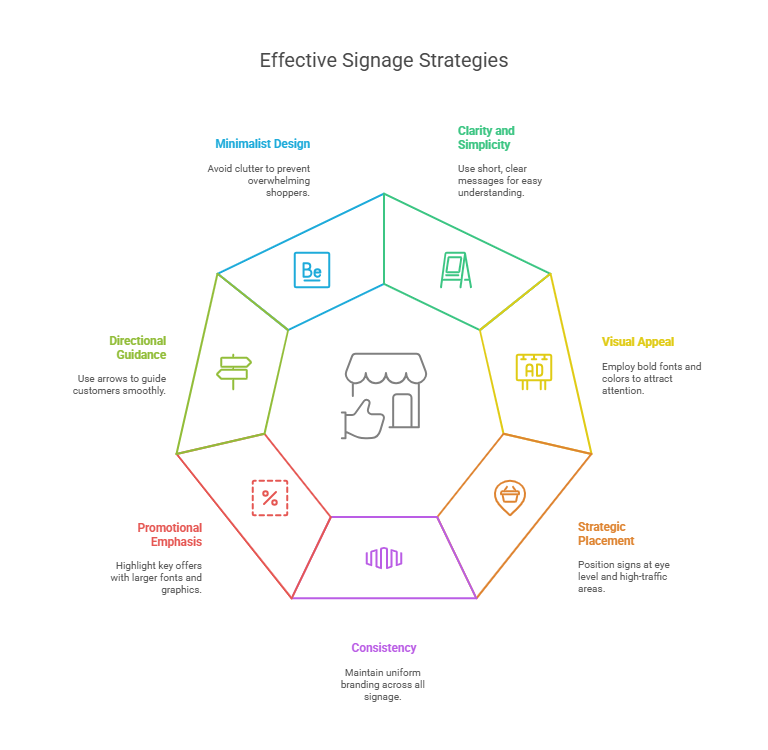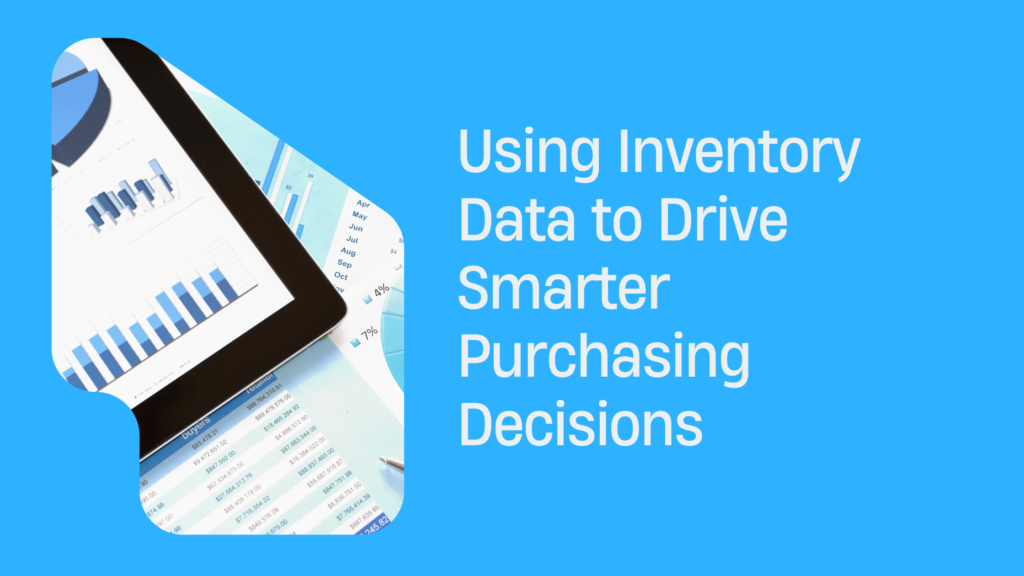What is Retail Merchandising – A Complete Guide
When online shopping started it took the world by storm. Almost everyone was shopping online and this trend is still followed today. Yet there are some people who prefer retail shopping rather than online shopping due to the in-hand experience. According to statistics, the experts predicted that retail sales would grow to 72 percent in 2024.
While a great online experience matters, in-store shopping should be just as engaging. Invest in quality contact center tech, but also focus on store design and exciting options for customers.
What is Retail Merchandising?

Retail merchandising is the process of displaying and promoting products in a way that attracts customers and drives sales. It includes everything from store layout to product placement and promotional strategies. Effective merchandising improves the shopping experience and influences buying decisions.
How Retail Merchandising Shapes Customer Choices and Improves Shopping
- Attracts Attention – Well-organized shelves, eye-catching displays, and attractive packaging draw customers in.
- Encourages Impulse Buys – Strategic product placement near checkout areas increases last-minute purchases.
- Improves Shopping Flow – A logical store layout makes it easy for customers to navigate and find what they need.
- Boosts Customer Satisfaction – A clean, well-stocked store with clear signage makes shopping hassle-free.
- Creates a Strong Brand Image – Consistent branding, colors, and themes build customer trust and recognition.
Key Aspects of Retail Merchandising:
- Product Placement – Arranging items in high-traffic areas or eye-level shelves increases visibility and sales.
- Pricing Strategies – Competitive pricing, discounts, and psychological pricing techniques (like $9.99 vs. $10) influence purchasing decisions.
- Promotions and Discounts – Flash sales, bundle deals, and loyalty programs encourage repeat purchases.
- Visual Merchandising – Attractive displays, lighting, and signage enhance product appeal.
- Stock Management – Keeping shelves stocked with the right products at the right time prevents lost sales.
Why is Retail Merchandising Important?
 Good retail merchandising makes shopping simple and fun. Organized shelves, bold displays, and smart product placement catch attention and boost sales. When customers find items easily, they buy more and come back.
Good retail merchandising makes shopping simple and fun. Organized shelves, bold displays, and smart product placement catch attention and boost sales. When customers find items easily, they buy more and come back.
Promotions, seasonal setups, and clear pricing create urgency, driving quick purchases. A solid merchandising strategy not only boosts revenue but also builds brand loyalty by making shopping smooth and enjoyable.
The Role of Product Placement in influencing buying decisions
- Placing bestsellers at eye level increases visibility and sales.
- High-margin products near checkout areas encourage impulse buys.
- Complementary items placed together boost cross-selling opportunities.
- Seasonal and promotional products in high-traffic areas attract attention.
How Merchandising Improves Customer Experience and Brand Image
- A well-organized store makes shopping easier and reduces frustration.
- Visually appealing displays create a positive impression of the brand.
- Clear signage and labels help customers navigate the store efficiently.
- A consistent merchandising strategy builds trust and brand recognition.
What to Include in an In-Store Merchandising Plan?
Creating a strong retail merchandising plan helps attract customers, boost sales, and improve the shopping experience. Below are key elements to include:
Store Layout and Product Arrangement
- Organize products to guide customers naturally through the store.
- Place high-demand items at eye level for easy visibility.
- Position essential products at the back to encourage browsing.
- Use wide, clear aisles to improve traffic flow.
- Keep similar products together for a seamless shopping experience.
Shelf Displays and End Caps
- Use well-organized shelf displays to highlight popular products.
- Keep shelves fully stocked but not overcrowded.
- End caps should feature bestsellers, new arrivals, or seasonal items.
- Rotate end cap products frequently to keep displays fresh.
- Use clear signage to highlight promotions and discounts.
Promotions, Discounts, and Seasonal Displays
- Offer limited-time discounts to create urgency.
- Set up themed displays for holidays or special events.
- Use bundle deals and “Buy One, Get One” offers to increase sales.
- Clearly label discounted products to grab attention.
- Promote sales through in-store signage and digital screens.
Inventory Management for Effective Stock Rotation
- Use the First In, First Out (FIFO) method to prevent product expiration.
- Monitor stock levels to avoid overstocking or shortages.
- Track sales data to reorder top-selling products on time.
- Remove slow-moving stock or bundle it into promotions.
- Keep shelves clean and well-maintained to enhance product appeal.
The Basics of Store Merchandising
To build a strong retail merchandising strategy, you need to know how customers shop. They often follow patterns, like moving counterclockwise or noticing eye-level displays first. Understanding these habits helps you place products where they’ll sell best.
Creating an Engaging Shopping Experience with Product Placement
- Place best-selling and high-margin products at eye level.
- Use end caps and promotional displays to attract attention.
- Organize products logically to make shopping easy.
- Group complementary items together to encourage upsells.
- Ensure shelves are always stocked and visually appealing.
Balancing Aesthetics with Functionality
- Use clean, clutter-free displays to make products stand out.
- Maintain a consistent color scheme and branding.
- Keep aisles wide and store layouts easy to navigate.
- Ensure lighting highlights key products without being harsh.
- Prioritize a pleasant shopping environment while maximizing sales opportunities.
Using Technology and Data for Smarter Merchandising Decisions
- Analyze sales data to determine best-selling and slow-moving products.
- Use heatmaps to track customer movement in-store.
- Implement AI and automation for real-time inventory updates.
- Personalize promotions based on customer purchase history.
- Leverage digital signage and interactive displays to enhance engagement.
Is Visual Merchandising the Same as Retail Merchandising?
Merchandising has two main parts—retail and visual. Retail merchandising is about how products are presented to boost sales. It covers store layout, inventory, promotions, and pricing. The goal is to make shopping easy and encourage more purchases.
Visual merchandising is all about how products look. It includes window displays, store decor, lighting, and signage. The goal is to make items visually appealing to attract customers and boost sales. While retail merchandising covers everything from pricing to placement, visual merchandising focuses on presentation.
Differences between Visual Merchandising and Broader Retail Merchandising Strategies
| Aspect | Visual Merchandising | Retail Merchandising |
| Focus | Product presentation and aesthetics | Overall store strategy and operations |
| Elements | Window displays, lighting, store decor | Pricing, promotions, stock placement |
| Goal | Attract customers through visuals | Optimize sales through strategic planning |
| Techniques Used | Colors, themes, signage, product arrangement | Inventory control, sales data analysis, discounts |
| Impact | Creates an engaging shopping experience | Ensures products are available and priced correctly |
How Both Work Together to Improve Sales and Customer Engagement
- Strong visuals draw customers in – Eye-catching displays and well-arranged products make people want to explore the store.
- Retail strategies convert interest into sales – Once inside, strategic product placement, promotions, and pricing encourage purchases.
- Enhances customer experience – A well-organized, visually appealing store makes shopping more enjoyable, leading to repeat visits.
- Boosts brand identity – A combination of smart retail merchandising and creative visuals strengthens a brand’s image.
- Encourages impulse buying – Attractive displays combined with limited-time offers can increase spontaneous purchases.
Signage Tips for Effective Merchandising
 Importance of Clear, Eye-Catching Signs in Stores
Importance of Clear, Eye-Catching Signs in Stores
Signs are a big part of retail merchandising. They grab attention, guide customers, and highlight deals. Without them, shoppers might feel lost or miss key products. Good signage makes shopping easier and more enjoyable.
It also strengthens a store’s branding and sets the mood. Simple wording, eye-catching visuals, and smart placement can boost sales and keep customers happy.
Best Practices for Promotional and Directional Signage
- Keep it Simple – Use short, clear messages that are easy to read at a glance.
- Use Bold Fonts and Colors – High-contrast designs improve readability and grab attention.
- Be Strategic with Placement – Place signs at eye level and near high-traffic areas.
- Maintain Consistency – Use the same colors, fonts, and branding across all signs.
- Highlight Key Offers – Make promotional signage stand out with larger fonts or eye-catching graphics.
- Use Arrows for Directional Signs – Guide customers smoothly to different store sections.
- Avoid Clutter – Too much text or too many signs can overwhelm shoppers. Keep it minimal.
How to Use Signage to Guide Customers and Boost Sales
Good signage improves the shopping experience and increases sales. Directional signs help customers navigate the store smoothly, reducing frustration. Promotional signs draw attention to discounts and encourage impulse buys.
Well-placed signage can highlight new arrivals or high-margin items, steering customers toward key products. In retail merchandising, using clear signs ensures customers stay engaged, find what they need, and make faster purchasing decisions.
Simple, well-designed signage makes a store look professional and inviting, leading to higher customer satisfaction and repeat business.
Conclusion
Retail merchandising is all about presenting products in a way that attracts customers and boosts sales. It shapes how people shop and influences buying decisions. To succeed, businesses should focus on smart layouts, engaging displays, and clear signage.
Applying the right merchandising strategies can improve customer experience and increase profits. Keep testing and refining your approach to stay ahead of trends. Great retail merchandising isn’t just about selling—it’s about creating an enjoyable shopping journey.
Now that you understand what is merchandising, use these tips to make your store more inviting and profitable.





